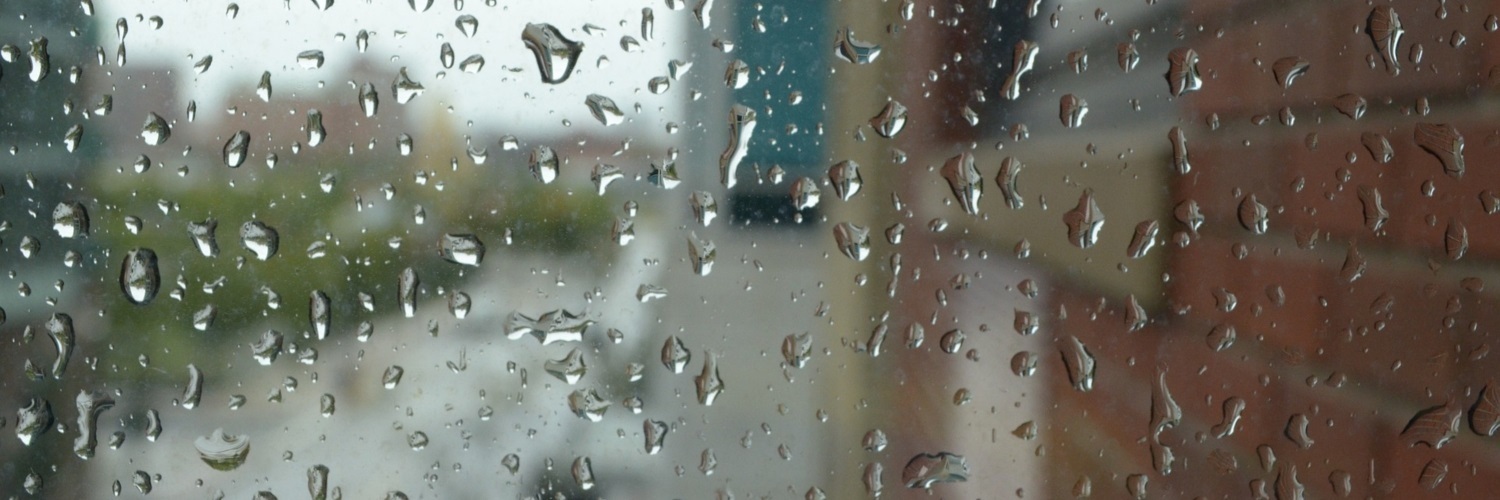How Can You Prove Something True by Proving Something Else Can't be True?

Proof by contradiction in the morning...
It’s Saturday morning, you’re snug and comfortable in your warm bed, and not quite ready to get up. You’re hoping there will be clear skies today, but last night your friend mentioned that it might rain this morning, which would be a bummer. Now, you’d like to check that skies are clear and there’s no rain, but you sure don’t feel like getting out of bed, and your curtains are drawn. What now?
Well, what if it were raining? If it were raining right now, you would definitely hear it. You would hear it bounce off of your window AC, your roof, the cars outside, etc. But you don’t hear any of this. And if it were raining right now, you would definitely not hear any birds chirping, but you hear all sorts of birds perched on trees and eating bugs in your lawn.
So, your thinking is this: if it were actually raining right now, all sorts of things should be happening, but they’re not! Therefore, you can logically conclude that is definitely isn’t raining. Congratulations, you’ve just thought your way through a proof by contradiction, and you haven’t even started your day yet!
...and in mathematics
What is proof by contradiction? Suppose you want to explain why something, call it S, is true. (Here, S is a sentence that asserts something, like “It’s not raining”, or “There were two children who collected the same number of rocks.”) There might be many ways to explain S. But one way to double-check that S is true is to entertain the possibility that it isn’t, and see what happens. If nonsensical things happen, then you made a mistake when you thought that S wasn’t true. The only way to correct your mistake is to realize that indeed S must be true.

Wait... I did a proof when I got up?
Let’s recap, since this idea is a little tricky. To see that S is true, we see what happens if S isn’t true, the exact opposite of what we expect. If something nonsensical then happens, this provides the contradiction that shows you should never have pretended that S wasn’t true. That means you now know S is true!
Above, you wanted to double-check that it was true that skies were clear and there wasn’t any rain, so you imagined that skies weren’t clear, that it was raining. When you did that, you concluded things that didn’t make any sense: that birds should be silent when they actually weren’t, that raindrops should be making noise when they actually weren’t. Because you concluded nonsensical things, you realized that your very first assumption, that it was raining, must have been incorrect! Therefore, you can only conclude that it isn’t raining.
This is exactly what happened in a recent problem. We wanted to check that it was true that there were two children in a group that collected the same number of rocks. To check this, we entertained the possibility that this wasn’t true, i.e. that they all collected different numbers of rocks. If you have done the problem, you know how it all works out. If not, now's the time to get started. Subscribe now, and see what you can prove by proving what you can't!
Find this post interesting? Follow the blog using the link at the top of the page to get notified when new posts appear!
Need unique challenges that provide opportunities for kids to strengthen skills around proof? Check out Rocks, which is one of our favorite thinking challenges (or any of our other problem-solving sets) in our TpT store!



